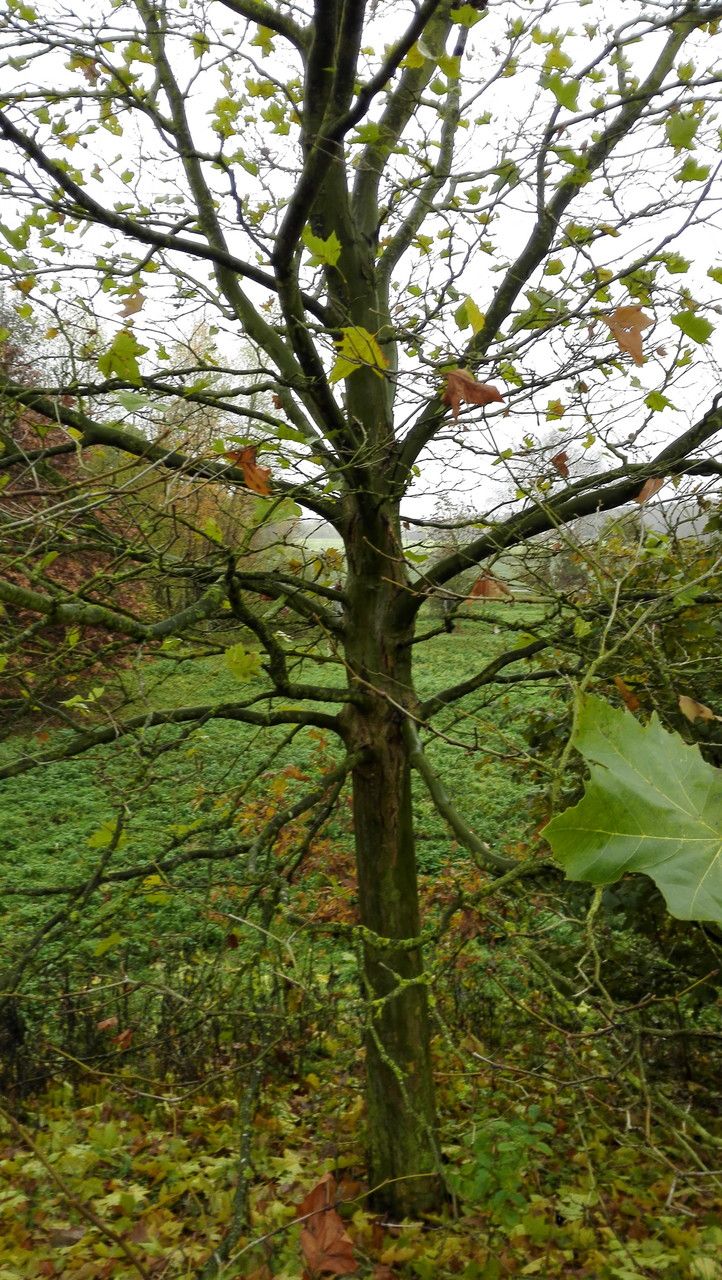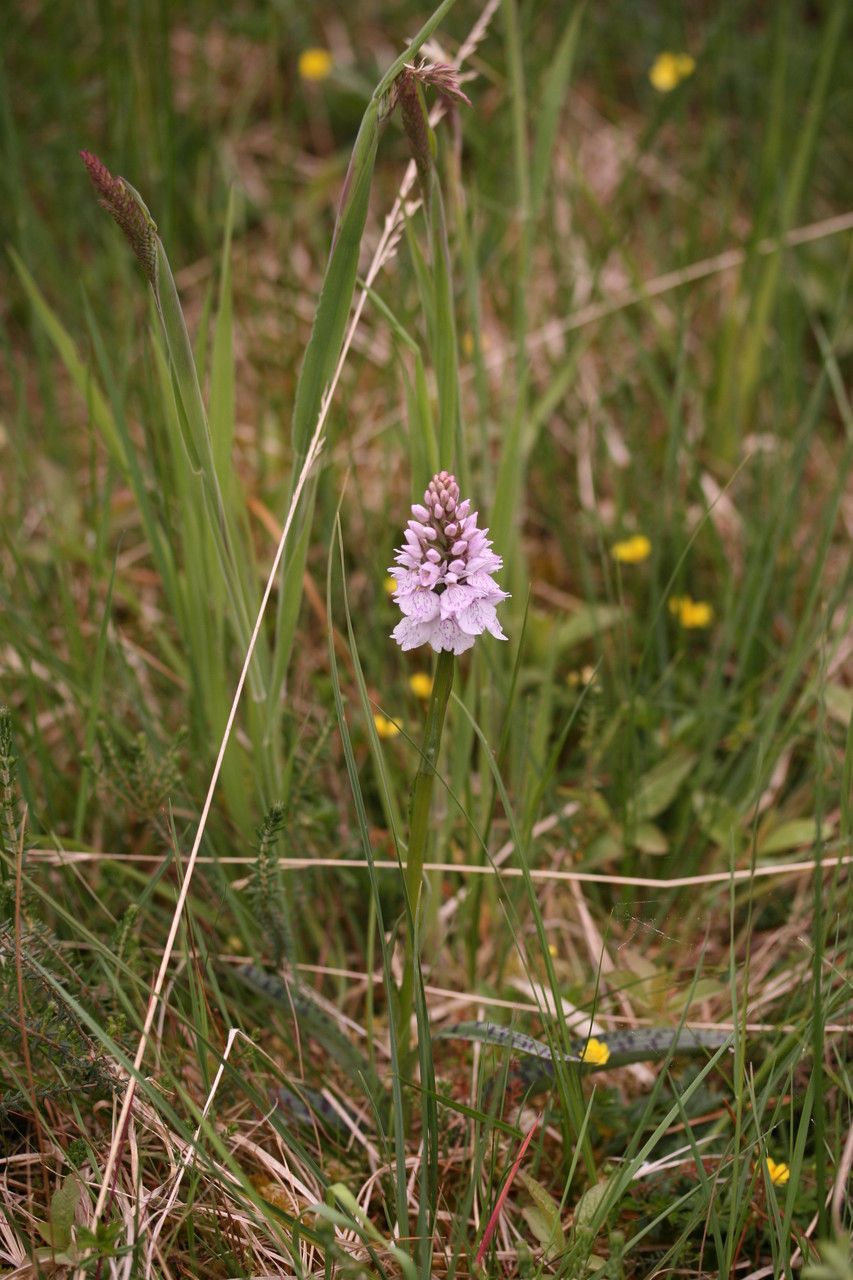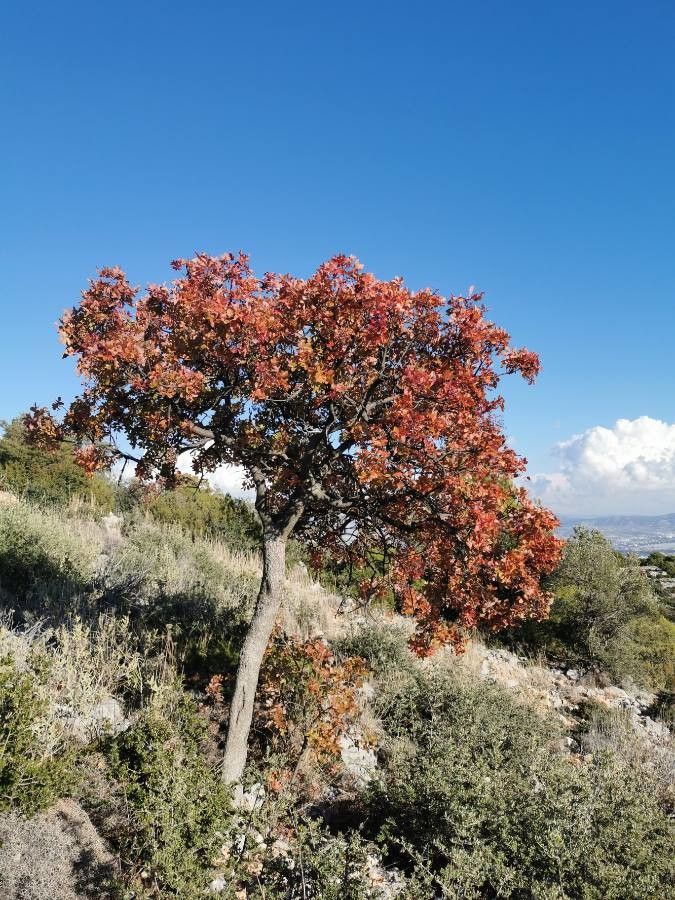# Buttonball Tree: A Comprehensive Guide
The Buttonball tree, often referred to as a Sycamore, is a majestic and striking addition to any landscape. Belonging to the Platanaceae family, these trees are known for their distinctive mottled bark, large leaves, and unique spherical seed heads that resemble buttons – hence the common name. This guide provides a comprehensive overview of Buttonball trees, covering their identification, habitat, care, and more.
### Identification
Identifying a Buttonball tree is relatively straightforward. Look for these key characteristics:
* **Bark:** The most striking feature is its distinctive mottled bark, peeling away in large patches to reveal creamy, beige, and greenish hues underneath. This camouflage-like bark is a key identifier.
* **Leaves:** Buttonball trees boast large, palmate leaves with three to five lobes, similar to a maple leaf but often broader and more deeply lobed. They are typically 3-7 inches across.
* **Seed Heads:** The characteristic spherical seed heads, hanging in clusters, are about 1 inch in diameter and remain on the tree throughout winter. These “button balls” are a crucial identifying feature, especially in the fall and winter.
* **Size and Shape:** Mature Buttonball trees can reach impressive heights, typically 70-100 feet tall, with a broad, spreading crown.
### Habitat and Growth
Buttonball trees are adaptable and thrive in a wide range of conditions, but they prefer:
* **Sun Exposure:** Full sun to partial shade.
* **Soil Needs:** Well-drained soil, although they tolerate various soil types including clay, loam, and sandy soils. They are relatively tolerant of poor soil conditions but prefer moist, fertile soil for optimal growth.
* **Hardiness:** Buttonball trees are generally hardy and can tolerate a wide range of temperatures and climates.
### Planting and Care
Planting a Buttonball tree is relatively straightforward:
1. **Choose a location:** Select a planting site with ample space to accommodate its mature size.
2. **Planting:** Dig a hole twice as wide as the root ball and plant at the same depth as it was in its container.
3. **Watering:** Water deeply and regularly, especially during the first year, to establish a strong root system.
4. **Maintenance:** Once established, Buttonball trees require minimal care. Pruning is generally only necessary to remove dead or damaged branches.
### Pests and Diseases
While generally resistant, Buttonball trees can sometimes be affected by pests such as aphids and scale insects. Diseases such as anthracnose can also occur, especially in wet conditions. Good air circulation and proper watering can help prevent many issues.
### Uses and Benefits
Buttonball trees are valuable for their shade, beauty, and environmental benefits. They provide habitat for wildlife and help improve air quality. Their wood, though not highly valued commercially, has been used for various purposes historically.
### Conclusion
The Buttonball tree is a magnificent specimen offering beauty and ecological value. With its unique features and adaptability, it's an excellent choice for those seeking a striking addition to their landscape. Understanding its needs ensures a healthy and thriving tree for years to come.
Buttonball Tree: Planting, Care & Identification Guide

Frequently Asked Questions
How to identify a Buttonball tree?
Look for mottled bark peeling in patches, large palmate leaves (similar to maple but broader), and distinctive 1-inch spherical seed heads ('button balls') that persist through winter.
What are the best soil conditions for Buttonball trees?
Buttonballs prefer well-drained soil but are adaptable to various types including clay, loam, and sandy soils. Moist, fertile soil is ideal for optimal growth.


